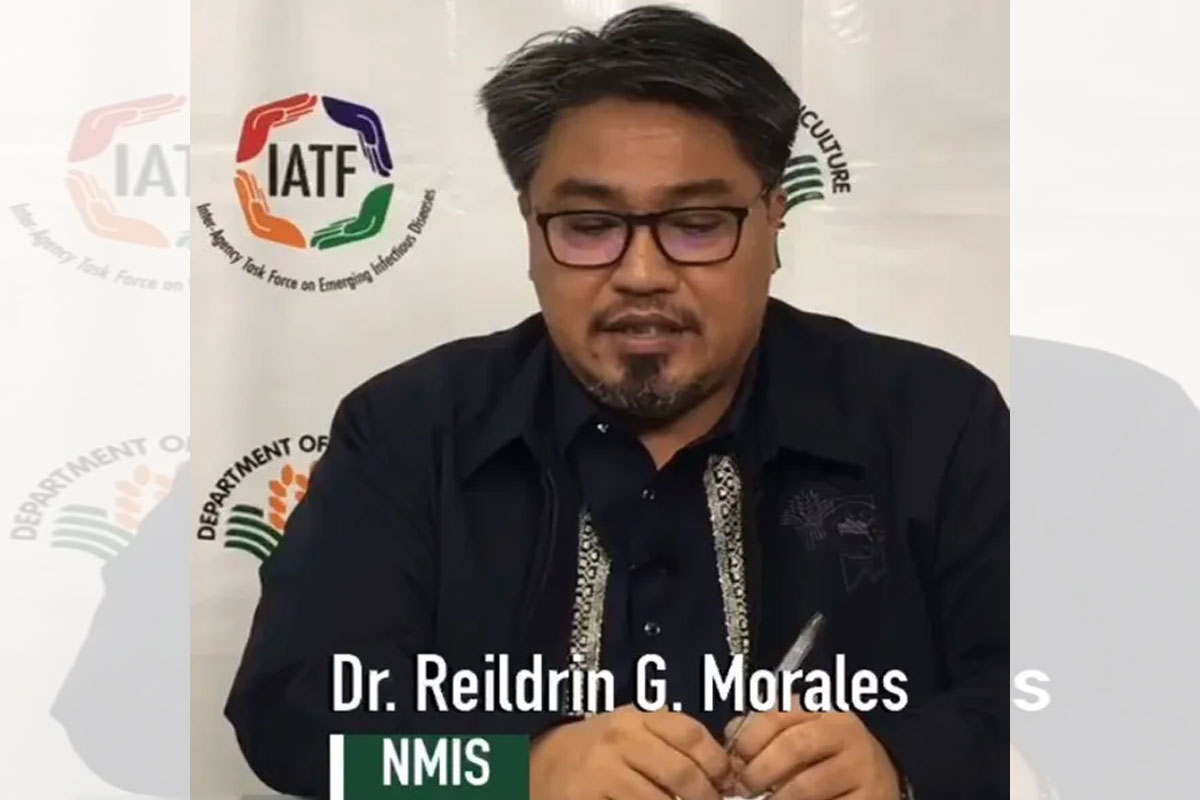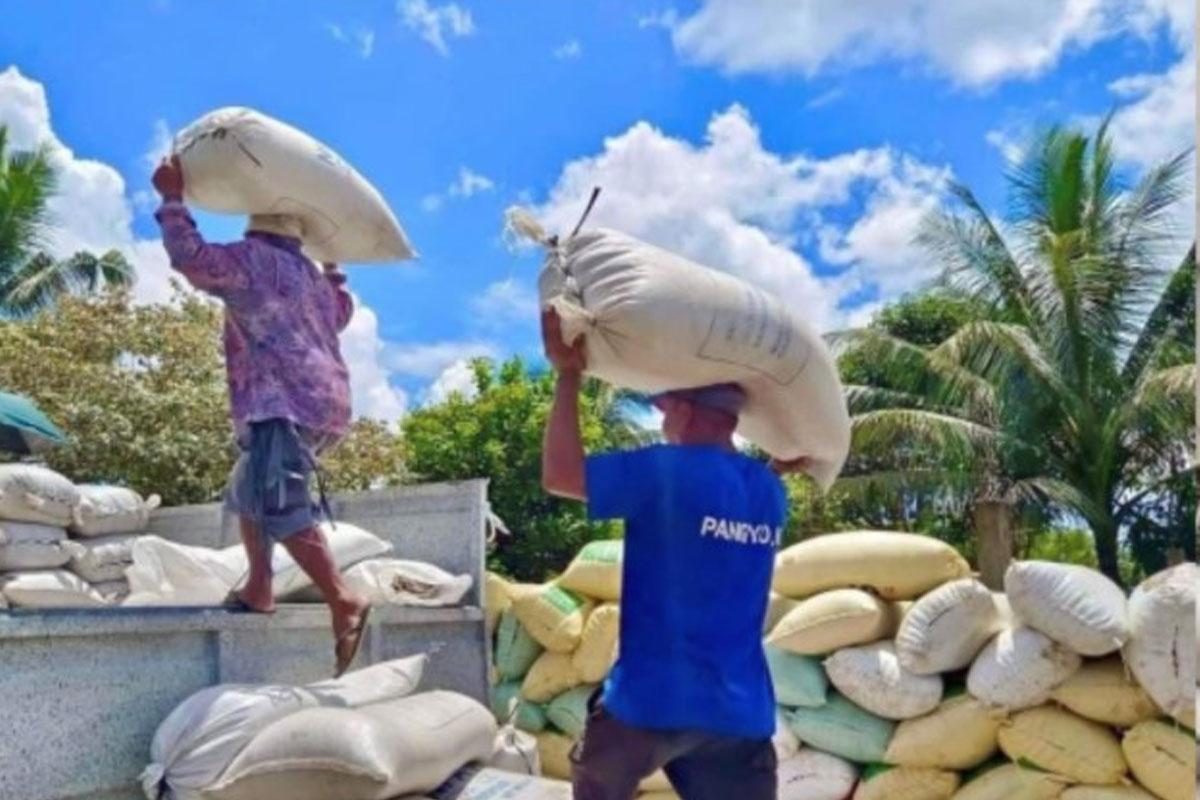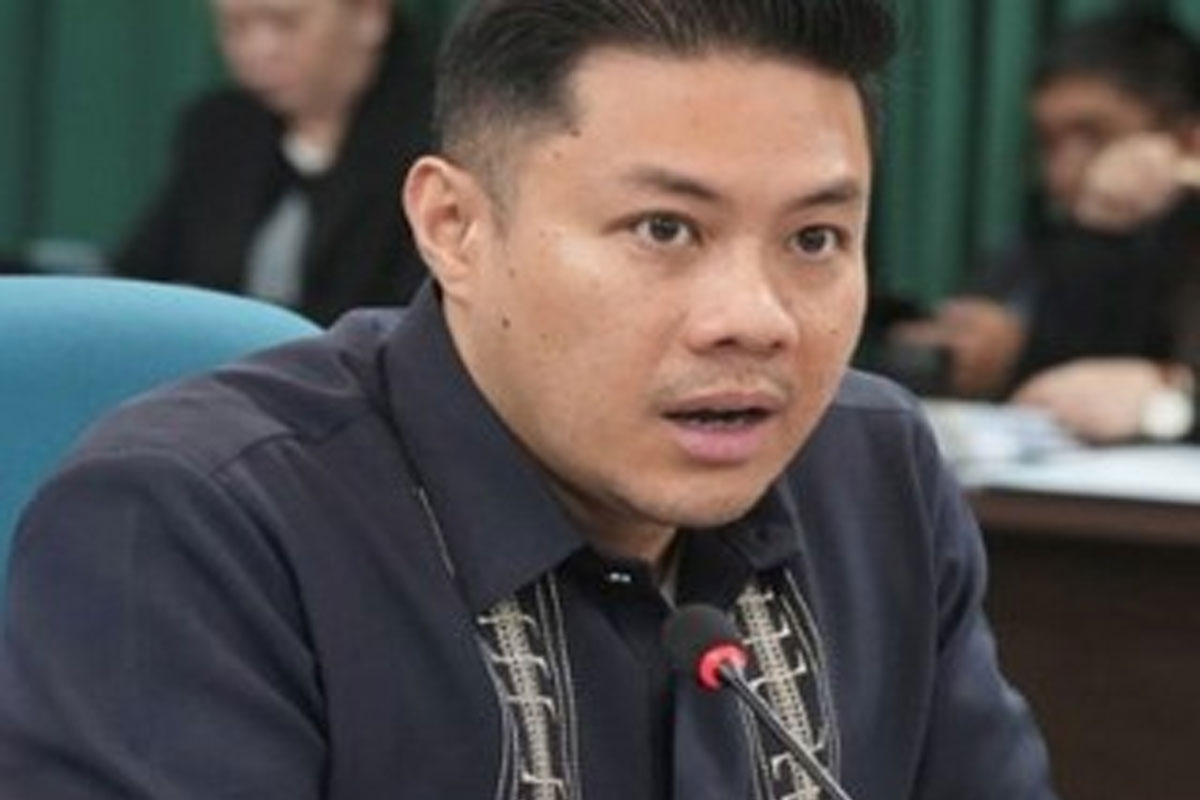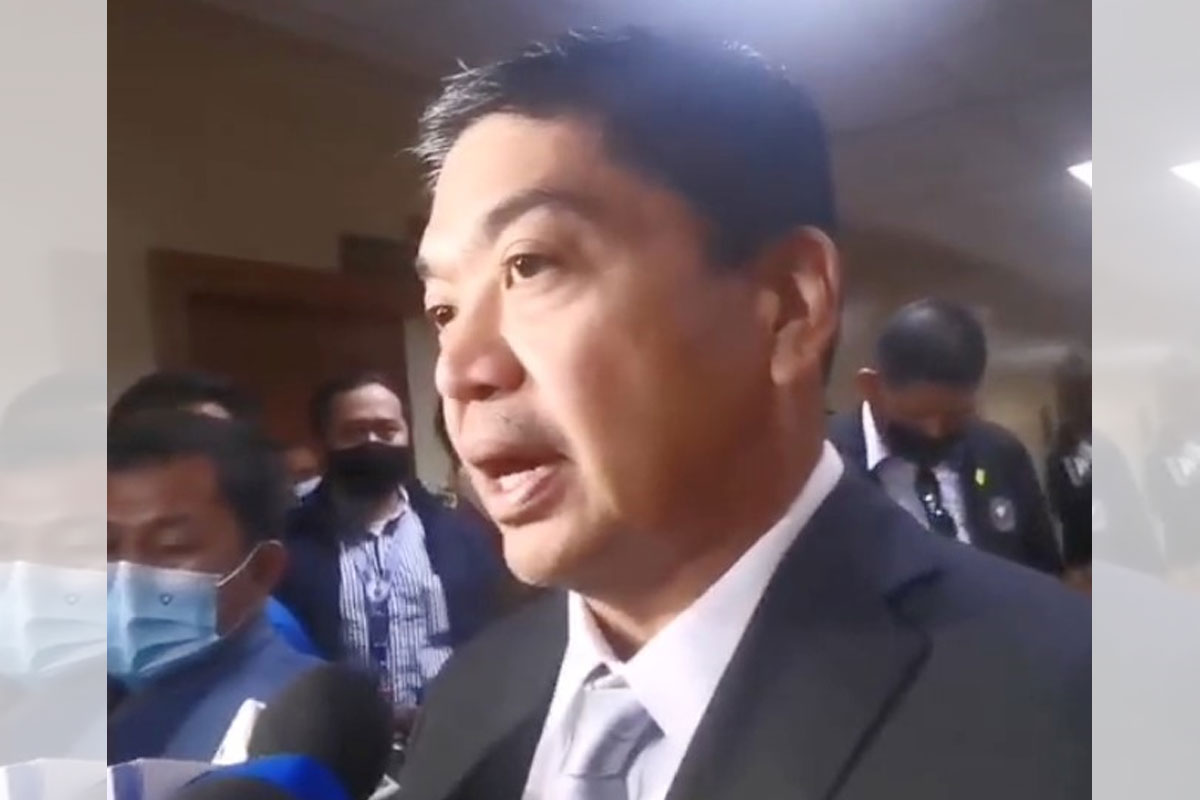
DA, stakeholders discuss imbalanced poultry demand and supply
THE Department of Agriculture (DA), through the Bureau of Animal Industry (BAI), has underscored the need to address the imbalanced demand and supply ratio for chicken and egg.
According to Undersecretary Kristine Evangelista, the government talked with stakeholders and drew lines for the current challenges faced by the poultry sector.
She said that in a meeting with industry players Monday, July 11, they discussed strategies to bring down the cost of production while still making it profitable to encourage stakeholders to continue producing amid the challenges in the sector.
The BAI also reported during the discussions that it has monitored a relative decrease in the overall volume of production due to a host of factors.
As per BAI Director Reildrin Morales, this is attributed to the opening up of the market, thus increasing demand against a production level geared towards a lockdown scenario.
Data from the National Meat Inspection Service (NMIS) show that 346 million poultry heads were slaughtered from January to June 2021 when “lockdown” is being implemented in various parts of the country as compared to 2022 data of 349 million poultry heads slaughtered.
“Subject to further analysis of disposable household income, the 2021 slaughter data catering to 2022 needs where there has been the opening of markets, such as hotels, restaurants and other institutional buyers, shows obvious discrepancy against available supply,” Director Morales said.
Besides the spike in demand, BAI reported that some producers held back production, thinking that Avian Influenza (AI), Inclusion Body Hepatitis (IBH), and other diseases would keep markets closed.
“Other factors that have resulted in the disparity in supply and demand are the rising cost of inputs such as feed ingredients and fuel, the changing weather conditions and nutritional formulation adjustment of companies that led to stunted growths and prolonged growing periods of poultry birds,” Morales said.
And to address these challenges, BAI and industry stakeholders recommended the firming up of Life Cycle Model (LCM) to ascertain the current supply.
Morales said that the current LCM on both layer and broiler chicken might not reflect the actual situation as importer-producers have made some “interventions’ of breeder stocks for both layer and broilers due to AI.
An intensified early reporting of farmers was also recommended, with a call for an increase in indemnification value and shortened process of indemnification for affected birds.














